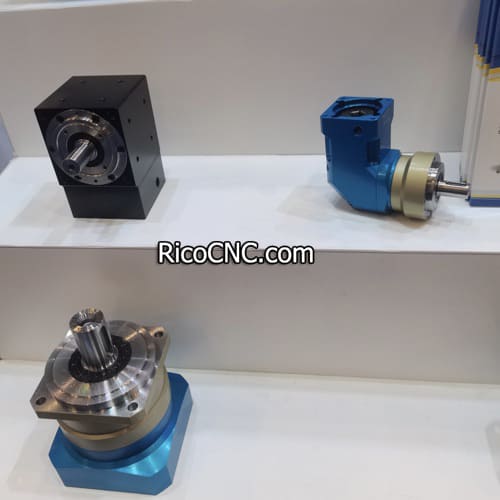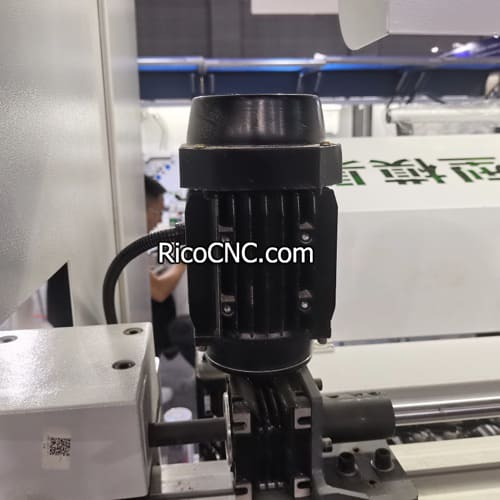

A servo motor reducer is an important component of modern industrial automation. Its performance and accuracy directly affect the operational effectiveness of the entire mechanical system. Servo motor and reducer do need a servo drive to achieve precise speed and position control. The servo drive provides the necessary power and signal for the servo motor to ensure that the reducer can operate according to the predetermined requirements.
A servo motor is a motor that can accurately control position and speed, and the reducer is used to reduce the speed of the servo motor and increase its output torque. The servo drive is the connector between the servo motor and the reducer. It is responsible for converting the control signal into an electrical signal to achieve precise control of the motor.
For the servo motor reducer system, the servo drive not only improves the control accuracy and stability of the system, but also extends the service life of the servo motor. The performance of the servo drive directly affects the overall performance of the servo motor and reducer. A reliable servo drive can provide stable power and signal output to ensure that the motor can work normally in different environments. In addition, the drive also has a wealth of protection functions, such as overcurrent, overvoltage, undervoltage, etc. These functions can cut off the power supply in time when the motor is abnormal to protect the motor from damage.

The purpose of using a servo motor and a planetary reducer as a set is to increase torque and reduce speed. When the load is constant, a servo motor with a suitable reduction ratio will be selected within the required speed range. After the servo motor passes through the reducer, the speed of the output shaft will be reduced, and its torque will also increase to meet the working requirements.
There are four aspects to match the reducer according to the servo motor:
Torque: The rated torque of the reducer should be greater than or equal to the rated torque of the motor multiplied by the reduction ratio.
Reduction ratio: The reduction ratio of the reducer is usually calculated from the rated speed of the motor divided by the final output speed.
Accuracy: The return clearance of the reducer depends on the specific working requirements. Generally speaking, the clearance used with the servo motor should not be greater than 20 arcmin.
Specification size: The installation dimensions of the reducer (especially flange size) are generally similar to the corresponding dimensions of the motor. A motor with a flange should be matched with a reducer with a flange.
Matching principles of servo motor and servo drive:
Voltage matching: The rated voltage of the servo motor should be consistent with the input voltage of the drive.
Current matching: The rated current of the servo motor should match the output current of the drive.
Power matching: The rated power of the servo motor should match the output power of the drive, and the output power of the drive should be ensured to cover the rated power range of the servo motor.
Speed matching: The maximum speed of the servo motor should match the maximum speed of the drive.
Torque matching: The rated torque of the servo motor should match the maximum output torque of the drive. Torque mismatch may cause the drive to fail to drive the servo motor or damage it. When selecting, ensure that the maximum output torque of the drive can meet the rated torque requirements of the servo motor.
RicoCNC can supply a series of reducers, servo motors, and servo drivers from different famous brands, like Delta, Schneider, YASKAWA, EISELE, NIDEC, etc. If you need such spare parts, please feel free to contact us; we'll try our best to service for you.















